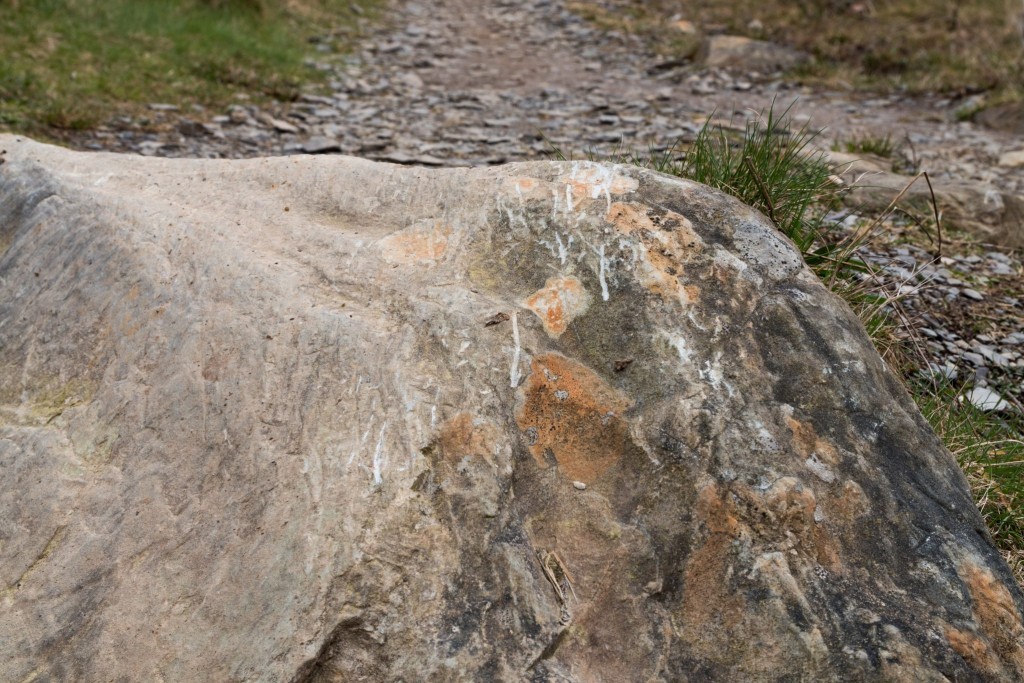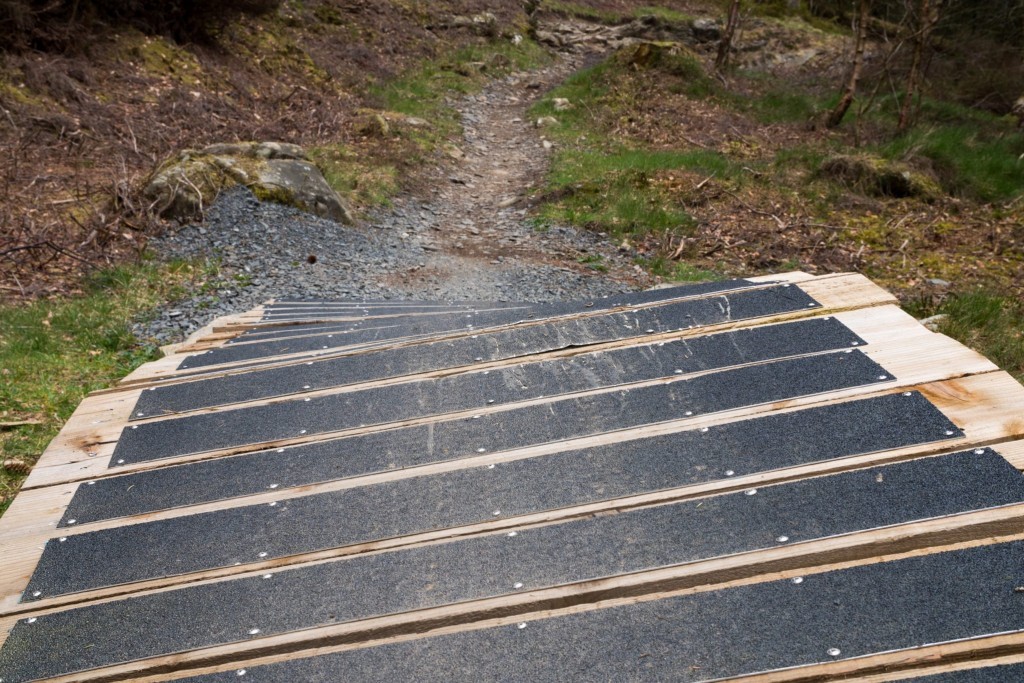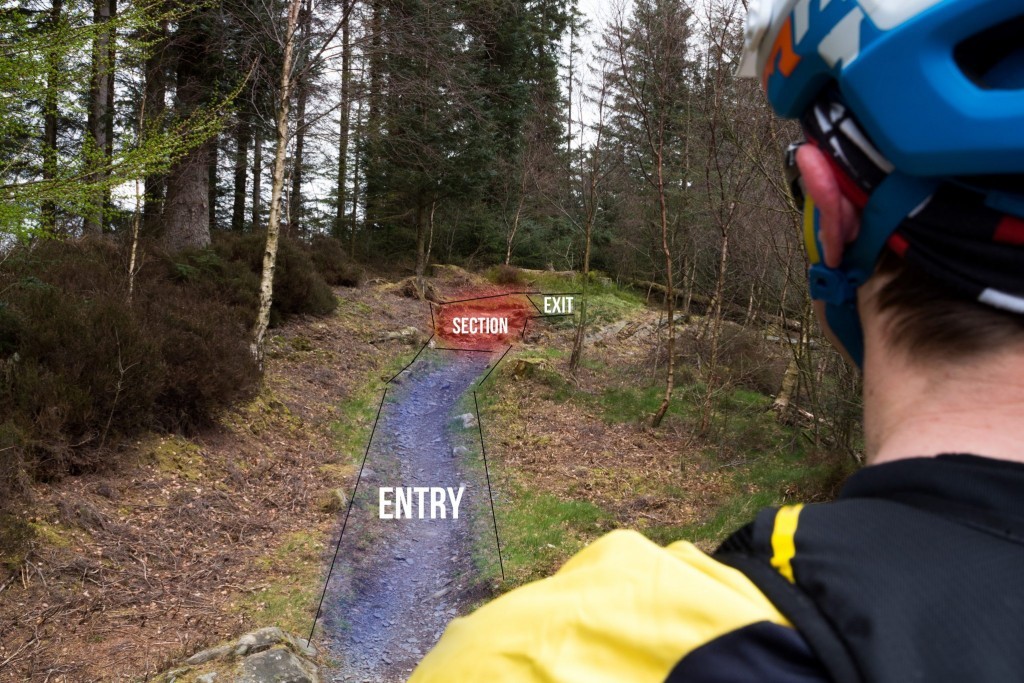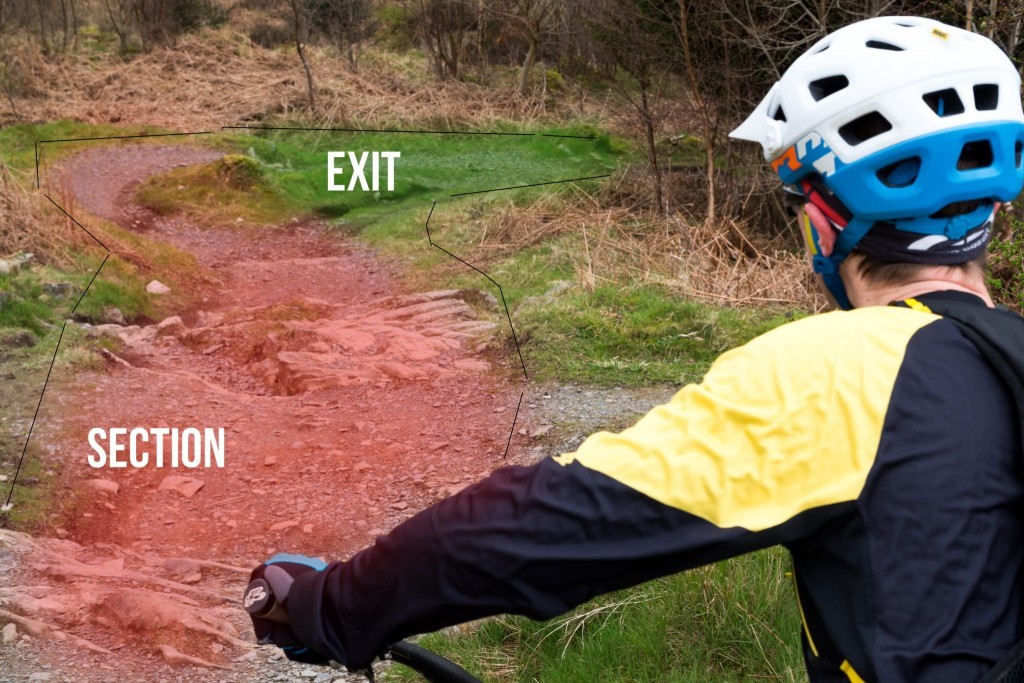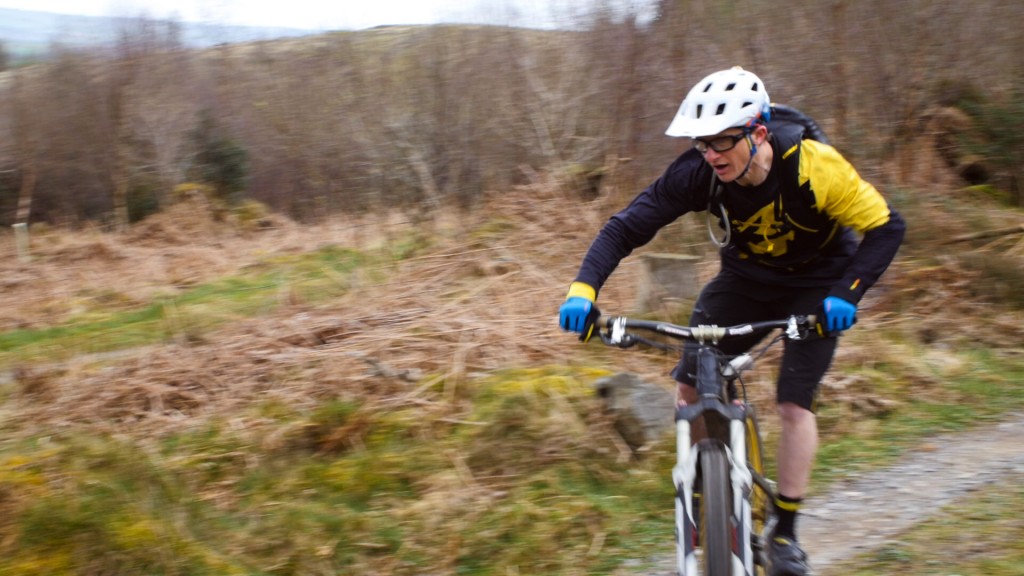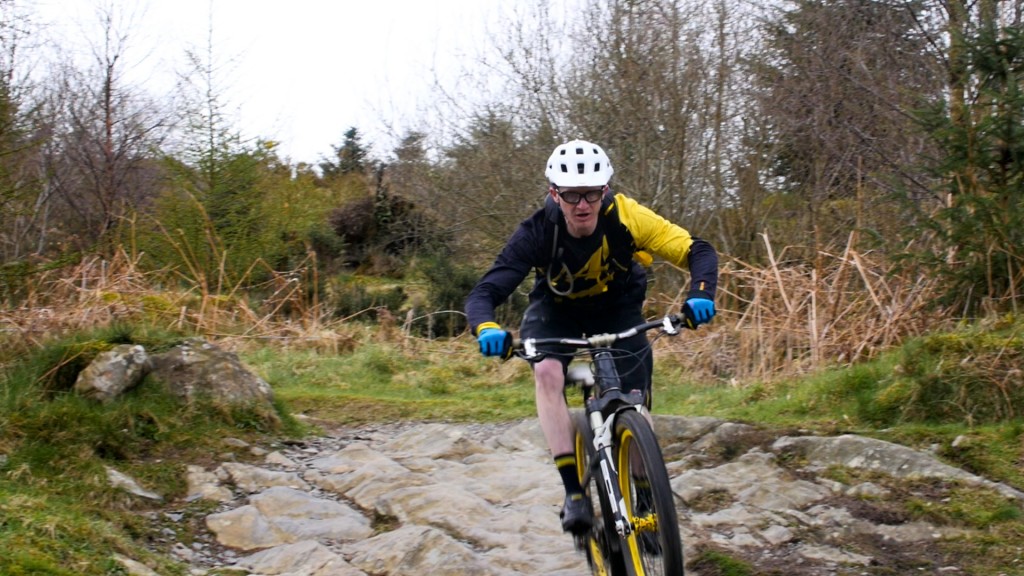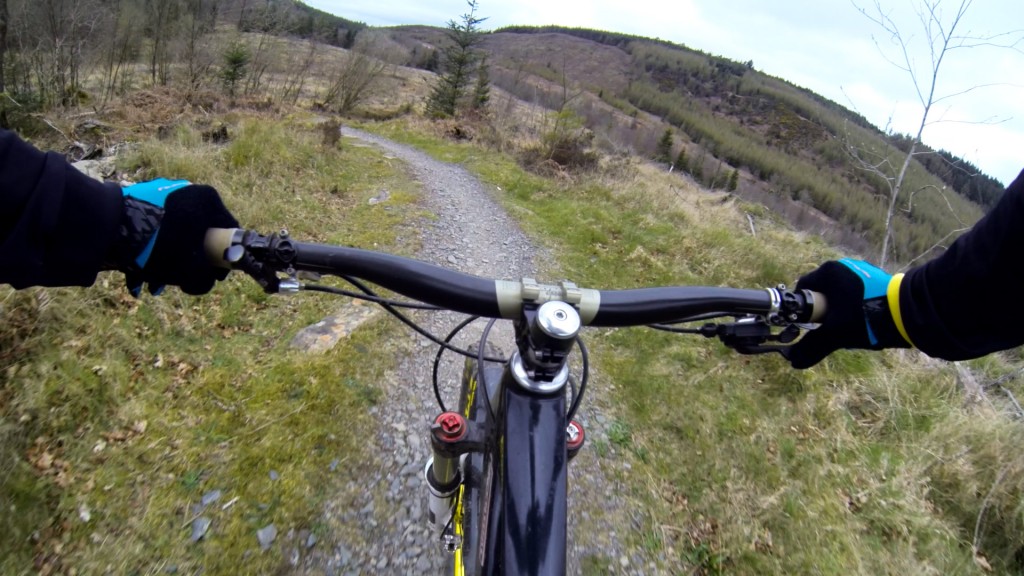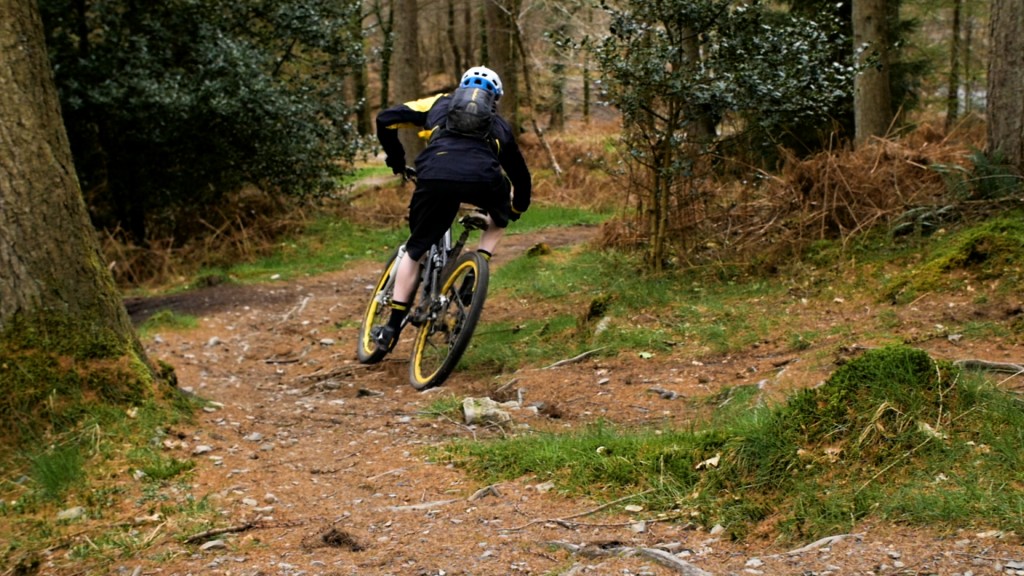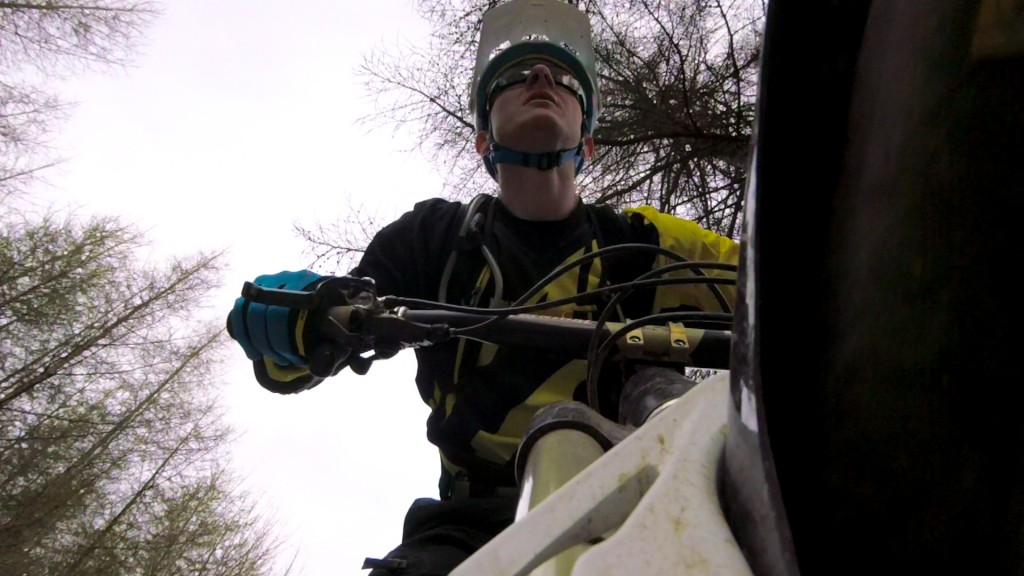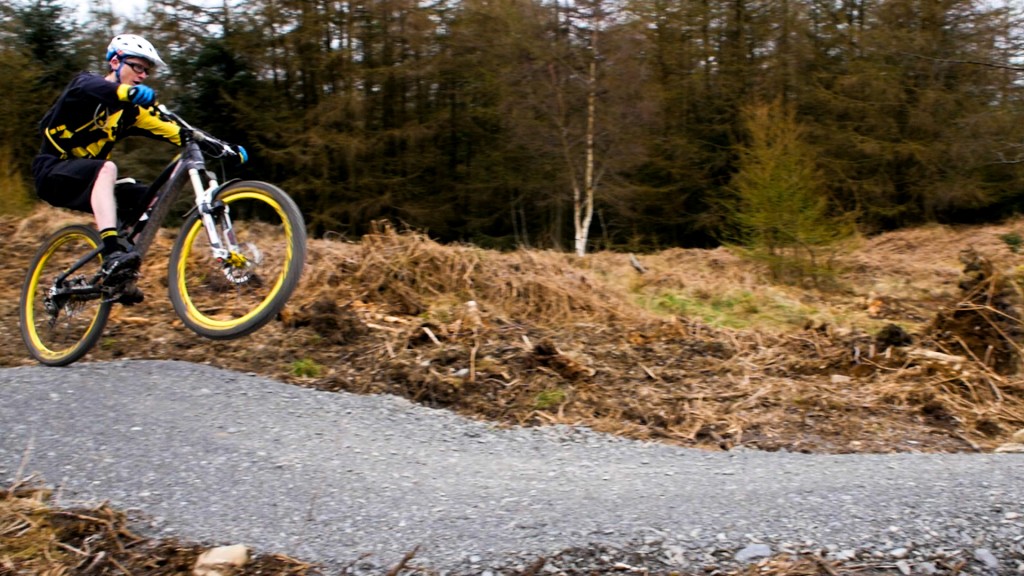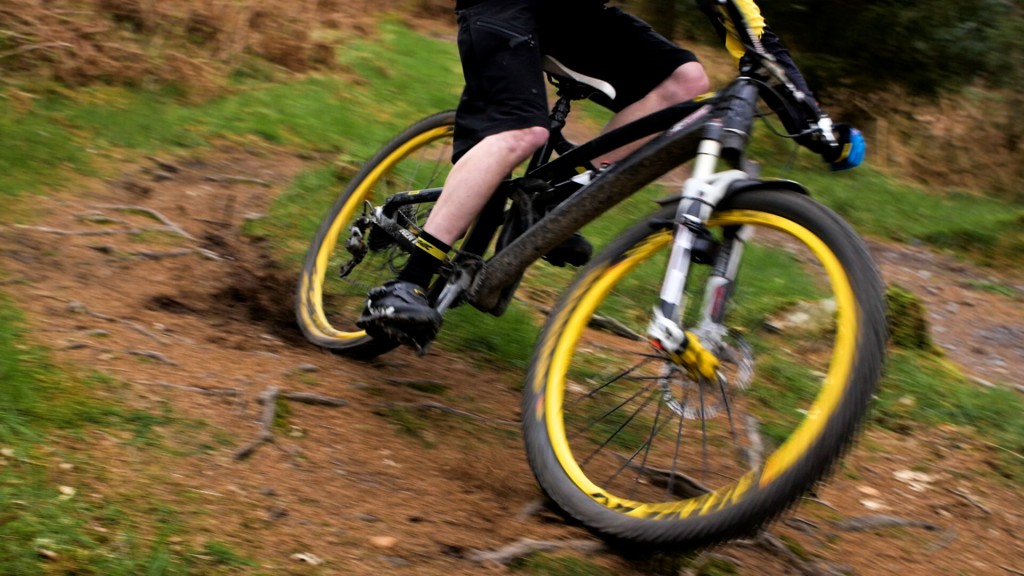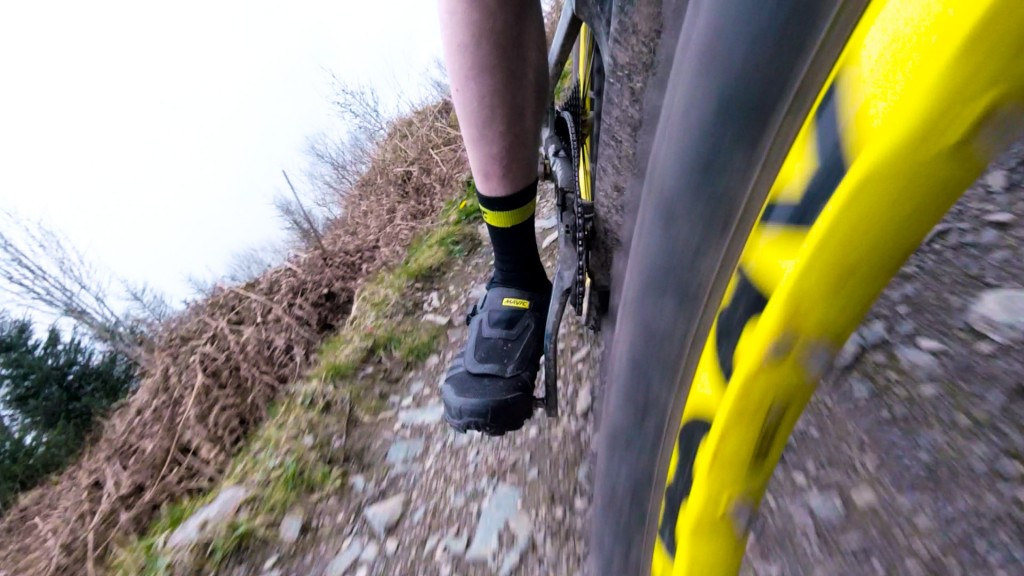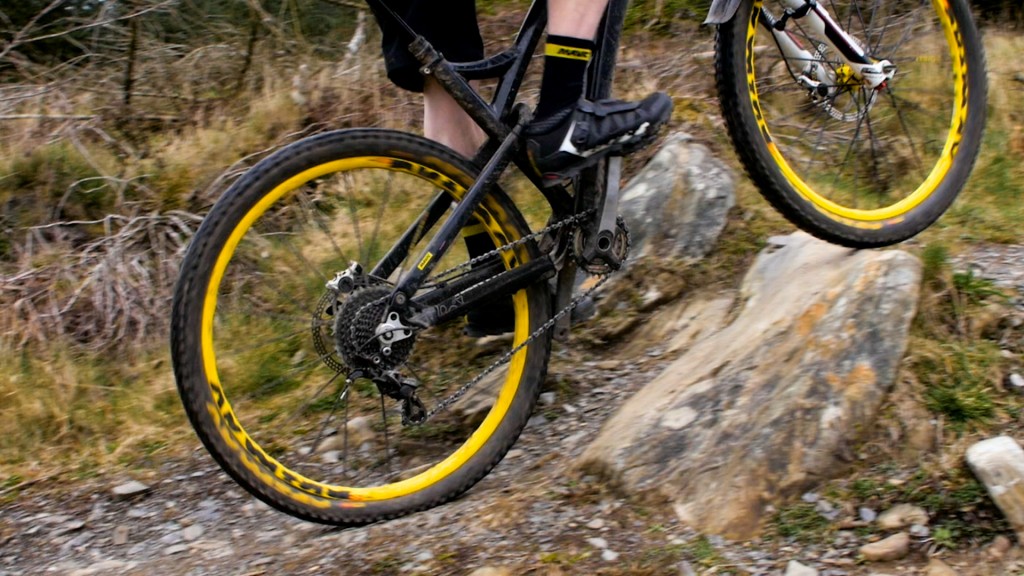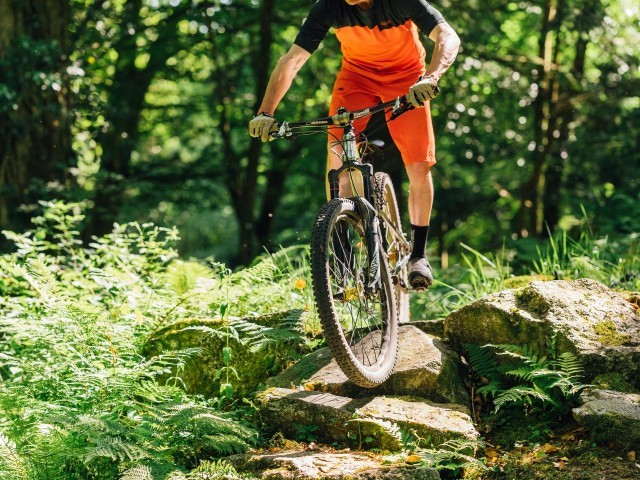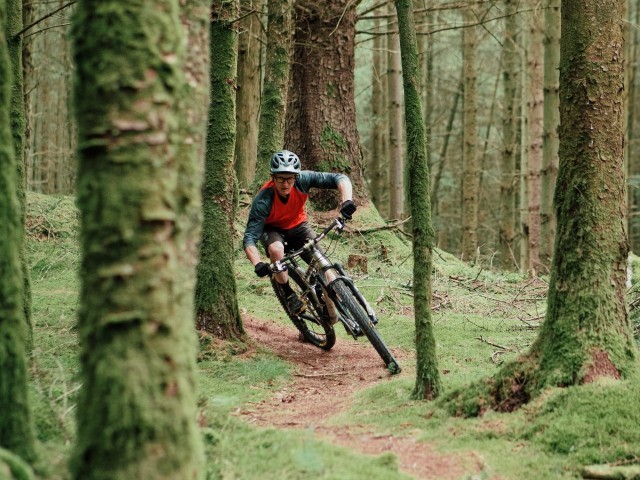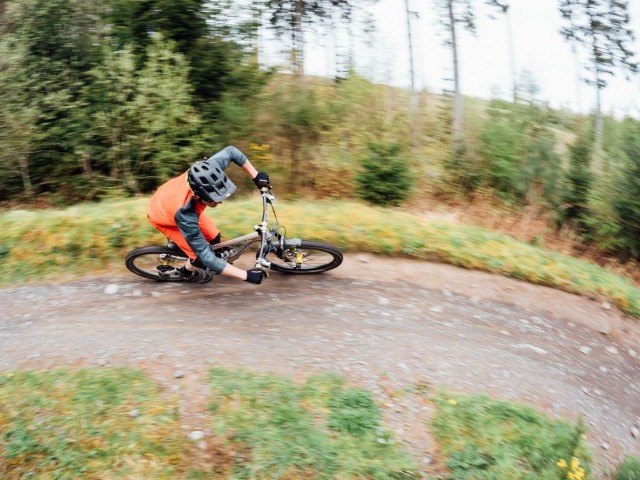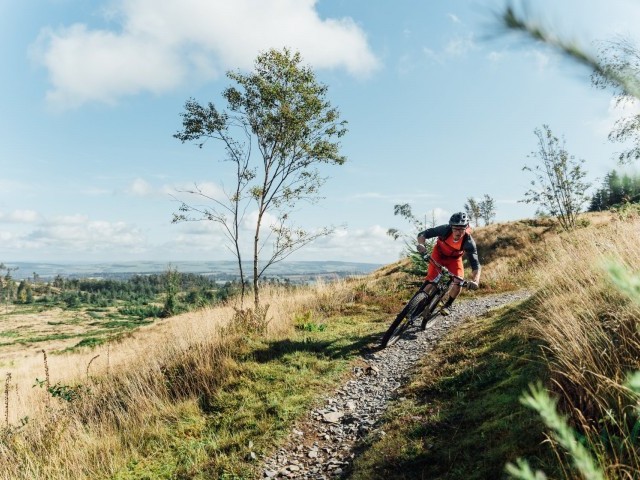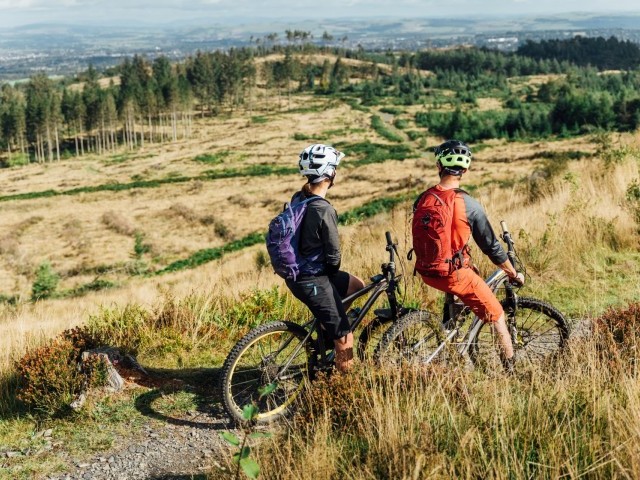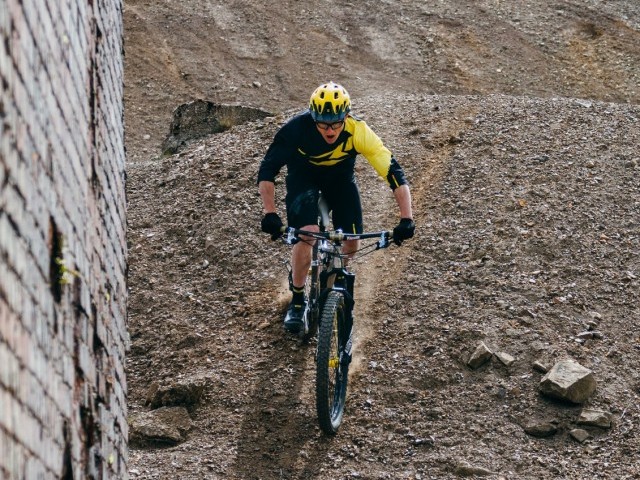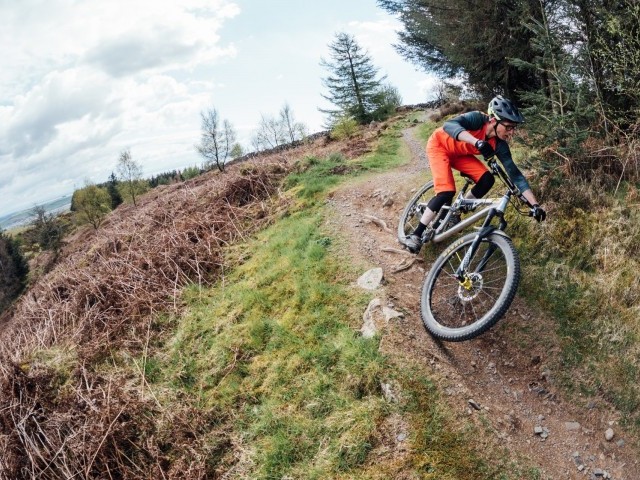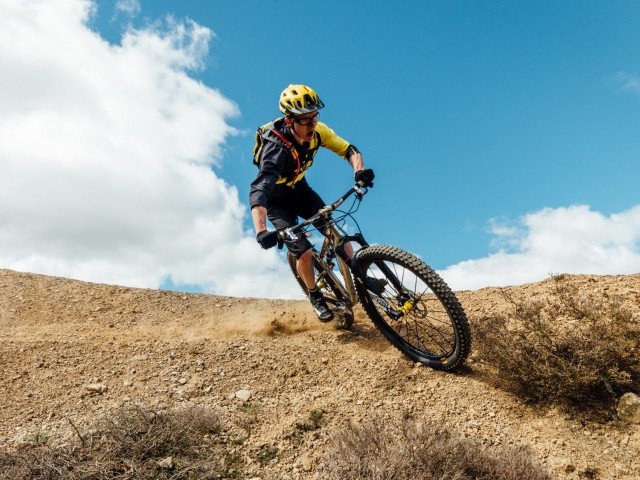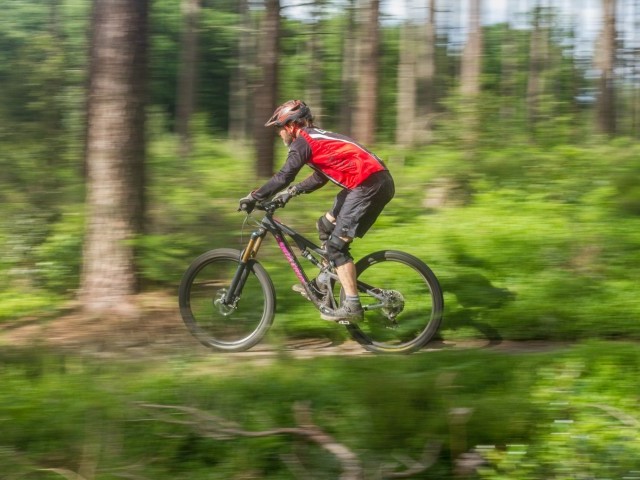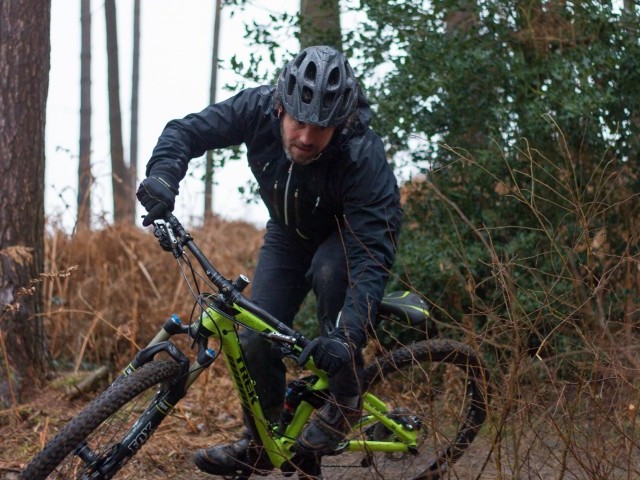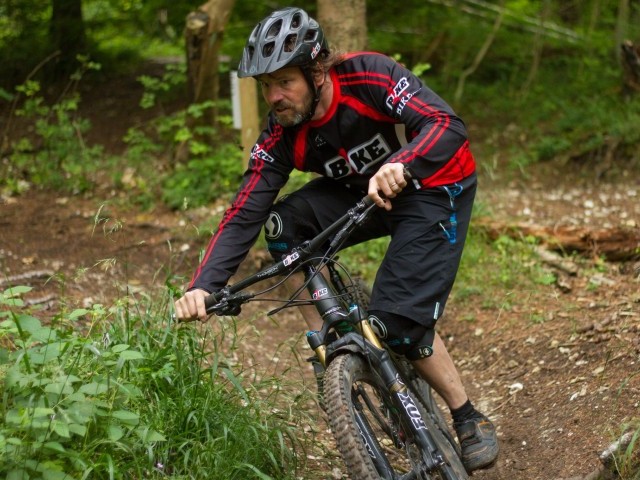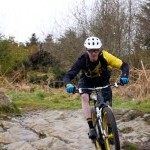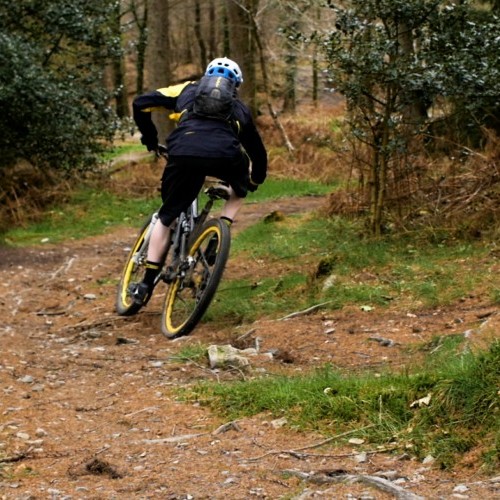
The Art of Going Slow to Go Fast
Technique / Psychological
Introduction
IMB would like to give a warm welcome to our new Skills and Technique guru Mr Clive Forth. We’d also like to say a huge thanks to Richard Kelly who has been in that role since Issue 2! Richard is now really busy with his B1KE business, which is growing very quickly, sadly for us he’s not going to be writing the regular technique features, but he has promised to drop by from time to time in the future!
Clive Forth is a rider who has been there, done that, got the t-shirt and cleaned his bike with it. He has grown with the UK scene and technological developments for the last 30 years and has competed at all levels in all disciplines riding for some prestigious brands along the way.
He brought enduro racing to the UK and has contributed to and created professional qualifications within the sport.
Not only has Clive competed and ridden at the top of the game he has also developed athletes in all disciplines. His no compromise attitude has seen him at the fore; it’s also seen him on the sharp end of things on more than one occasion. Always looking for that extra edge with endless passion and drive he is geared up to bring you the inside line on all aspects of mountain biking skills and technique.
Part One - Lingo
First up a huge thank you to the team at IMB for this fantastic opportunity, it’s an honour to take up the spot and join you all.
So down to business, after getting the call, I’ve been brimming with ideas for the features. I know Richard has laid down some fantastic groundwork to build on and with this, in mind, I thought I’d open with a reiteration on some of the language used by coaches and tutors as well as giving you some food for thought before we kick off proper in the next edition.
For some of you, this may be familiar territory, particularly if you have been an avid reader since day one, for others it may be a little overwhelming to consider both how you progress your riding while trying to digest the lingo used. For industry professionals in all sectors, acronyms and specific terms used on a daily basis can easily be taken for granted. Not wanting to over egg the cake I’ll be mindful to keep it simple.
I’ll never forget those late nights and long road trips when I embarked upon the mission of breaking down what it was I was doing on the bike in order to convey that message and get the most out of a rider. Be it a prospective customer visiting me for a skills session or a seasoned racer trying to get one over on the competition. Let me assure you it’s not the easiest of tasks.
Different institutions across the globe (and within a territory) may use different terms for the same thing; this is just a case of same meat different gravy. We have to accept that ‘local dialect’, and colloquial terms may differ. However, all good tutors and coaches are trying (I sincerely hope) to convey the same message, unfortunately, though sometimes things just get lost in translation.
Mountain biking is a sensory experience, from watching the scenery fly by to hearing the rip of a tyre on a rock, our senses are everything. Our centre of balance is ‘offset’ by us being elevated with our torso bent forwards. Our space/time perception is altered by the incredible efficiency of the bicycle and its capability of propelling us forwards quicker than we can achieve by pure leg power alone. And our fears are heightened by the threat of skin loss and broken bones.
To minimise the latter and maximise the former the slang based lingo of the extreme generation has been dragged through the Oxford English to speak (and be understood) by a broader market, hopefully helping them on their way to becoming the next sick dude or RAD lass.
Beyond this intro, I will divulge the art of flight, help you beat the fear and ride further faster with added style. But before then let's have a pause for thought.
Know Your Limits
There are a few factors that will inhibit your ability to maintain a rhythm through a trail and be proficient with technical skills; we have to consider the self, the environment and the equipment.
If you grew up (or were a grown up) in the 80’s riding full rigid bikes, then you would probably agree with the following statement (please remember there will be some tongue in cheek humour contained within these features, so here goes). Most of us (myself included on many trail kilometres) are way over biked.
With this in mind, the equipment can rarely take the blame for the near death experiences and skin loss, which comes down to the pilot. Nor can we shun the responsibility on Mother Nature, even if someone has crafted her into a bike specific trail. Just remember the old saying “a bad workman blames his tools”.
The limiting factors we humans have, vary; the most obvious ones are fitness, flexibility and coordination. You have to be incredibly strong, supple and coordinated to truly reign supreme on the trails. Few riders started young enough, and few have the time to bag the hours in the saddle (which is why you are sat on the net reading this and not doing skids in a car park somewhere). It's a progressive sport, and no matter what level you're at there is room for improvement, we will all reach plateaus, and only marginal gains can be had before that big leap forward comes and we experience that eureka moment.
To maintain focus, have both strength and stamina to operate at our highest levels we need to mix up our riding and bring some attention to the time spent on the bike, developing our fitness as well as our skill set. We need the talent to match the fitness; it's no use being able to haul along the trail if we can’t manoeuvre the bike quick enough to deal with the undulations and direction changes required. Likewise, it's no use having the ability to manoeuvre the bike if we don’t have the lungs and legs to propel it forward for more than a few hundred meters at a time.
You may want to adapt your approach, this could mean you ride easier trails on occasion and rack up some distance, or it could be that you ride shorter but more demanding trails to develop your confidence and skill set. Maybe you just go and session a particular trail or section of trail, for some of you, it could mean taking up Yoga or Tai Chi to help with core strength and flexibility. I’m a fan of pushing large gears up steep gradients on particular rides as a kind of ‘on the bike’ weight training session. I match this by spinning fast on other rides or even through certain sections of trails on the same ride.
Your Bike
This sport is full of compromise; there are a plethora of bikes for a multitude of disciplines. We are now at a point far beyond ridiculous when it comes to the variety of trail bikes. Sure, it's obvious that at the opposite ends of the spectrum for Down Hill and Cross Country racing we have the need and requirement for very specific machines tailored for the task. However, for the purposes of recreational trail riding the definable difference and justifications for the multitude of wheel/tyre size combos and varying travel options with the Plus this and Boost that thingy is just pure madness.
That said I am a firm believer of what is right for you is right for you and no one can or will convince you otherwise. Ride what you like and like what you ride, but please be aware that whatever your chosen steed it will have its pro’s and its con’s, its limitations and preferred climate.
Good riders can make most setups work, the gift of being able to make the bike move. However, the feeling or the onlooker's view is not as sweet as it could be if given the right tool for the job!
Steep geometry finds its limitations in steep terrain; slack geometry will fall short on the flat. Hard tyres and or suspension will be twitchy and unforgiving, yet it will take the big hits and support the rider's weight better. A soft saggy set up will feel plush and eat up the noise, but it will soak up forward momentum and wallow in the hollows. Everything we do with bike choice and set up is a compromise, and unfortunately, it can be an expensive learning curve to discover that your Swiss Army Knife is useless in a gunfight.
Terrain
The one thing that hinders forward progression of any vehicle no matter how large its wheels are or how many horse powers it has is the process of stalling out and fighting gravity. Mother Nature has crafted the perfect wheel size hole, hill, lump, bump, ditch, log, bog, root, rock for every wheel size on earth.
The severity of the terrain in front of you ‘vs.’ your speed (both travelling forwards and reaction time) combined with the ability to lift wheels up onto and over obstacles is one of the most fundamental ways we can visualise what is going on in a technical terrain situation.
All wheel sizes given a small bit of momentum will roll up square edges that sit at a height ranging from .1% to 25% of the diameter of the wheel in question. When an obstacle moves between the 25% and 50% of the diameter (the impending doom of the axle height hit) we will have to start to increase speed and or lift (unweight) the wheel to catch the lower part of the radii in order for the wheel to roll up onto or over the obstacle.
Holes in the terrain just need levelling out by using technique to either be suspended independently from the bike allowing the bike to drop into and rise back up out of the hole or by the process of unweighting body and bike to enable rider and vehicle to float over the hollow. The depth of hole and distance from near side to far side of a low point (hole) in the trail require the same considerations just from an upside down perspective.
Just take a side on look at your wheel then look at the trail, and you can instantly eliminate the vast majority of what you are seeing as being ‘significant’ and requiring your attention. Sure hits are hits, and the millions of micro hits your tyre is absorbing are adding to the calories consumed column as you are forced to drive the cranks round in order to keep the bike moving. It’s a given that the line of least resistance is the most efficient line, it just may not be the fastest or feel the best given your ability and bike choice!
On the note of energy consumed, grip levels will vary, and that ugly head of compromises rears up once again as we take a moment to consider set up. Slip sliding away may be your groove but the un-nerving feeling is not most people's brew, nor is it progressive as energy (particularly forwards momentum) is lost in going sideways. Or worse still, sitting there having what I call a turbo trainer moment, spinning out the rear wheel while desperately seeking traction in that seemingly insignificant gradient.
Match Three Out Of Four, And You’ll Be All Right For Sure…
1: Vision - Tricks of the Shade.
Where we look we shall go, it's quite simply put but sometimes quite hard to convey the real meaning here and therefore put into practice. This is because teaching a sense requires more than a few hundred words. As those of you, that drive will know there are many moments where we relax and take our eye off the road ahead while spotting for traffic, downshifting gears and indicating onto the roundabout along a section of dual carriageway. We drive and ride on snapshot view captured and memorised in these moments; there is also that element of feeling coming into play that helps us gauge forwards progression and direction of travel.
The problem with looking, for those with binocular vision (the vast majority of people), is the classic thousand yard stare. Target fixation and failing to monitor one's preferred course can wreak havoc on your rhythm through a trail. Where to look and what to look at are key, many things that can be highlighted on a trail area are actually insignificant and can be simply stared through and rolled over, even if you're just plonked on your bike like a sack of spuds.
They are so small in scale that they will have no impact on your desired direction of travel and certainly with even the slightest momentum will not stall (stop) the bike below you. With this in mind bring your focus onto key significant points on the trail where you want to be.
Let your eyes scan ahead plotting your route reading the bigger picture up to the trail horizon (the furthest point you can see at any time) and back again towards your front wheel (but not directly at your wheel) to check if you are still on target.
Eyes then zoom out again to the trail horizon to continue the process of reading the terrain ahead and plotting the line choice, enabling you to make adjustments in that constant NOW moment. Eyes then track back through the terrain checking “I’m still on target” before repeating the zoom out. The speed of this scanning process needs to correspond to the speed your travelling, the faster you're going, the greater the need to scan further and faster for that matter.
IMPORTANT…The only thing that is constant is change. Do not make your desired line choice a ‘fixed ideal’. Sure as eggs are eggs you will at some point slither, slip, ping or pop off from that line as tyre contacts root, rock, ridge thus redirecting you elsewhere. A quick scan and adapt will enable you to maintain control, plot and navigate your new course.
IMPORTANT PART II…Remember you can move the eyeballs without moving the head! The weight of the head moving magnifies direction change; it’s a significant percentage of your overall weight. At slower speeds and in tight and or dynamic quick directional change moments we do use head movement. At higher speeds, we use the eyes more and move the head, less. It’s key to remember that if you drop the chin down, you will naturally arc forwards and down. Keep ya chin up!
2: Speed Control.
Now that you have seen it you can get pro-active and respond to it. When climbing this will mean a combination of gear selection and or accelerating, usually before increased gradients and or technicality in surface severity. When descending this will mean braking.
For optimum control we address the brake lever by hanging the forefinger in the ‘hook’ at the end of the lever, this enables you to maintain a firm grip on the bar and maximises control and feel as the lever goes through a longer arc.
We use a combination of both brakes together with varying force being applied to front and rear modulated according to grip level which are both felt and heard.
As we approach a feature (corner, drop, severe surface, etc.), we initiate more intensive dynamic “Deceleration” braking, and due to sustained gradients, we may need additional and or continued ‘Control” braking. Control braking is more sensitive, lighter and modular by nature and is used in an attempt to ‘monitor and maintain’ speed. An increase in speed may occur as wheels lock and slide or become airborne so we would implement more aggressive Decelerate braking when the trail conditions allow, typically where there is grip, and the bike is upright and pointing roughly straight ahead.
Your front is your friend; physics dictates that it is your most efficient brake and I’m not arguing with physics. Sometimes though it’s just not cutting it to use the front brake for slowing. The additional force and pressure on the front tyre will induce a slide, and we need to compensate on those occasions and be more back brake biased, rolling over off-camber rock and root or on ‘rolling’ surfaces this can most certainly be the case.
3: Body Position.
Let's make one thing clear; THERE IS NO ONE FIXED POSITION ON THE BIKE!
The default setting while descending is to be stood tall and proud over the bike, relaxed in the limbs ready to react but not limp. Avoid leaning into the bar putting pressure through the hands, let the feet/legs support the mass of the body. This centred position leaves you poised for the following actions.
Be independent from the bike to move the bike around below you
Lean the bike from left to right and right to left to gain leverage through the cranks as you ‘drive’ the pedals down
Lean the bike from left to right and right to left to get the edge of the tyre to cut into the trail surface for grip in corners and on off-camber sections
Bringing the limbs up into the body as you allow the bike to rise up below you
Lower into the bike to then extend the limbs as the bike passes over low points (holes) in the terrain
Lower into the bike for added traction when cornering
Lower into the bike in preparation for dropping off something
Bring the bar towards you (decelerate the bike without braking) and move the bar away from you (accelerate the bike without pedalling)
Torso movement is all about a relationship between forces, forwards motion on a pair of wheels with axles and a steering mechanism on a wheel. If you’re a self-confessed nerd like me, then have a look at Self Aligning Torque (SAT), (SAT vs. caster - the head angle and trail of the fork leg), Gyroscopic Precession and Gyroscopic Effect.
At slow speeds the forces are low, and we may need to use a bit of torso lean to help keep the bike on track or change direction. As speed increases, we go through a range where the mass (weight of rider and bike) and geometries/forces are in harmony, and it's more about leaning the bike and less about bringing the movement of the torso into the fray.
However, something that interests me is as we ramp up the speed the forces increase to such an extent that we need to bring back torso movement to influence the bikes direction. Now, this requires some impressive numbers, and it’s rare for the average rider to get into these equations. Most people, most of the time are hovering in that sweet spot where we go from less steering to more leaning and dipping the outer foot down while tipping the bar towards the floor. Which links nicely to…
4. Footwork.
We are talking crank/pedal position and timing to navigate through knobbly terrain without smashing cranks on the ground and getting the foot placed on the pedal in the sweet spot for power delivery and transfer of force from leg through to tyre and terra firma.
Learning where your crank is lined up in relation to the 360° it goes through will help you when it comes to striking the power to get grip and to lift the front wheel, you will also instinctively know when you’re clear of features that protrude from the trail surface.
With pedal axle positioned just behind the ball of the big toe (so it's under the soft spot behind all toes) we can deliver real power while having a solid footing to drop the heel (by bending at the ankle) particularly on the lead foot when stood up coasting along.
If you need added grip in the turns lower that outer foot and roll the foot towards the crank (increase pressure on the big toe side) and from your body position twist the hips in the direction of desired travel. We can roll through corners with cranks level but higher speeds and where grip is lacking we require more dynamic movement, and this is achieved by dropping the outer foot.
Further progression means you should master riding with the non-favoured foot forward, the change in stance helps you corner harder and faster as you will be turning the hips in towards the direction of travel. When it comes time to dropping that outer foot and or pedalling out of the corner, you will be set up ready to go.
Being able to wheelie, manual, hop, drop and jump with your non-favoured foot forward is also a great asset, and it means that no matter what you can take on the terrain in front of you.
Additional benefits come into play when you need to take that foot off to deal with a slide, simply drive the crank on to lower the outer foot and the direction of travel from the crankset means you are pushing that inside foot up and off from the pedal. Try this saving manoeuvre on the back pedal, and it's near impossible to get the inside foot off as your forcing the pedal up into the shoe.
Ponder the above, and you will master the core skills in the coming features with ease. Once you have developed control over the bike and have the ability to place it where you want you will then have the confidence to commit to the technical bits, just maintain concentration for endless hours of enjoyment and minimal skin loss.
Thanks for tuning in, keep it rubber side down…
This technique article was in Issue 47 of IMB.
Related
By Clive Forth
Clive Forth is a rider who has been there, done that, got the t-shirt and cleaned his bike with it. He has grown with the UK scene and technological developments for the last 30 years and has competed at all levels in all disciplines riding for some prestigious brands along the way. Always looking for that extra edge with endless passion and drive he is geared up to bring you the inside line on all aspects of mountain biking skills and technique.




